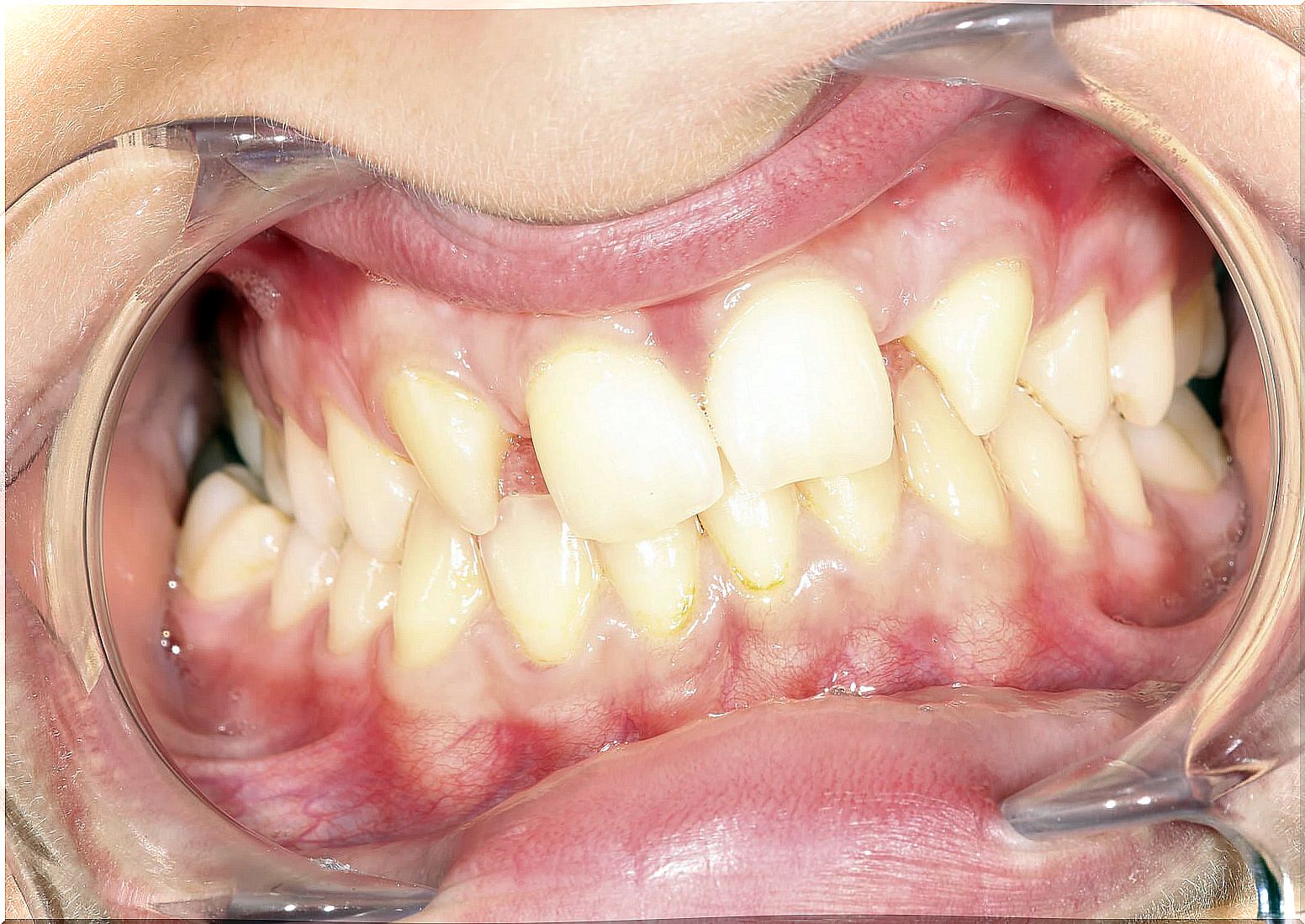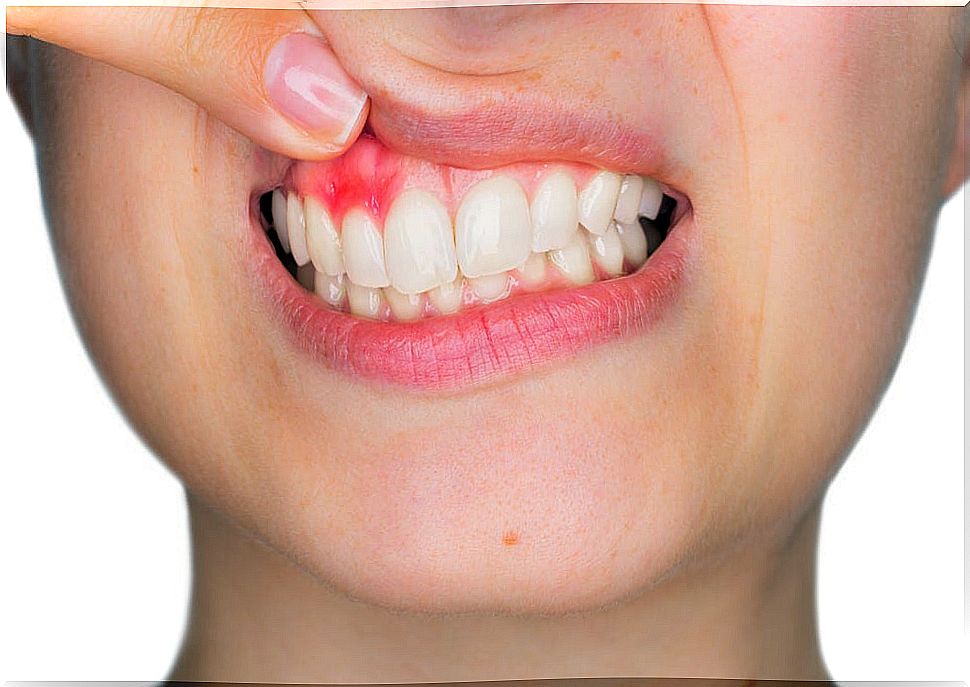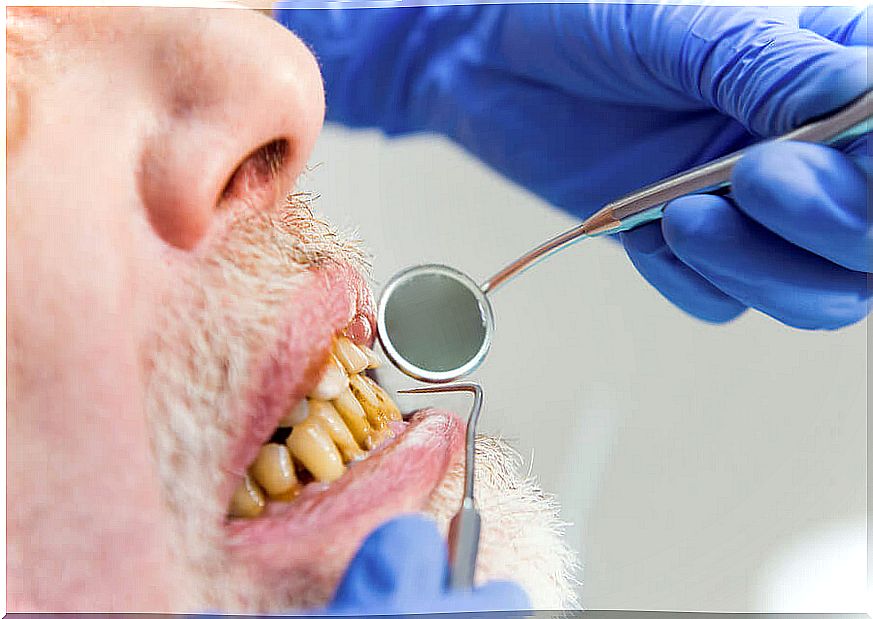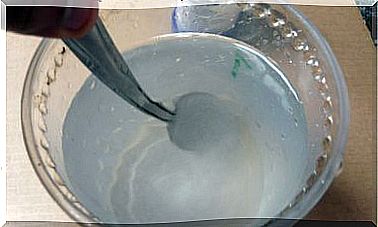What Is Gum Loss?
Gum loss or gingival retraction is a condition that causes dental exposure. Being associated with different dental diseases, it is essential to treat it in a timely manner.

Gum loss is a common problem that often causes concern in patients. Not only because of the aesthetic problem that it entails, but also because of the serious problems it can lead to if it is not treated properly. What does it consist of?
The gingiva does not disappear as such, but instead migrating towards the root of the tooth, causing dental exposure and producing a visual effect of a longer tooth and dark spaces between the teeth.
Why does gingival retraction occur?
As compiled by research published through the Dental Press Journal of Orthodontics , there are multiple causes that can lead to gum loss or gingival recession. The most frequent are the following:
- Bruxism
- Gingivitis.
- Periodontitis
- Smoking
- Dental extractions.
- Occlusal trauma.
- Badly performed orthodontics.
- Very aggressive tooth brushing.
- Diseases like diabetes.
In the next space we will focus on the most important causes.

Gingivitis
Gingivitis caused by poor oral hygiene leads to inflammation of the gums. The progressive accumulation of plaque leads to the formation of stones called tartar. These dental stones are coated by bacteria and can only be removed by professional cleaning.
This pathology is still reversible, in it we appreciate part of the inflammation, bleeding and pain of the gums when brushing. It affects about 90% of the population. If not treated, it can lead to periodontitis.
Periodontitis
This pathology can develop after untreated gingivitis. Apart from inflammation and bleeding of the gums, a loss of alveolar bone begins to occur, causing periodontal pockets. We also found suppuration of the teeth and mobility.
This disease destroys all the tissue that surrounds the tooth, being able to lose teeth if it is not treated. Unlike gingivitis, it is not reversible. Any tissue that is lost cannot be recovered.
Smoking
Tobacco, apart from pigmenting the teeth and gums, contains vasoconstrictor substances. These substances reduce the flow of blood supply to the gums, causing a masking of the symptoms of both gingivitis and periodontitis.
It also affects the immune system, increasing the damage that intraoral bacteria can commit and, therefore, increasing the progression of periodontal diseases.

Aggressive tooth brushing
Aggressive brushing, using a stiff bristle brush or pressing too hard on the tooth, can cause abrasions to the enamel and damage the gums, causing them to retract.
Badly performed orthodontics
It happens when during orthodontic treatment sudden movements or greater than the bone can assimilate are made. In this case, we can pull the teeth out of the bone tables, safely producing a gum problem in the future.
Risk factors for periodontal disease
- Genetics: predisposes certain people to develop periodontal disease more easily.
- Systemic diseases: those diseases that affect the immune system favor the action of bacteria.
- Hygiene: a deficiency in hygiene causes the accumulation of plaque, one of the triggers of gum loss.
- Stress: studies have shown the relationship between stress and periodontal disease.
Treatments for gum loss
The first thing is to eliminate the cause of the gum loss, trying to return the gum to its natural position. For example, if the cause is brushing technique, correct it.
If the origin of the gum loss is due to periodontal disease, either gingivitis or periodontitis, we must treat the disease through professional cleaning, scaling and root planing.
In these cases, it is also very important to monitor the evolution of the patient and their collaboration at home with good brushing and proper hygiene.
Once the trigger for gingival retraction has been found and controlled, in case it is not solved spontaneously, there are different treatments with which we can improve this recession.

Gum graft
One of the treatments to correct gingival recessions is micrografts. It consists of grafting tissue from the palate, taken through a very small incision, and covering the area that we want to recover. It is a minimally invasive surgery that can be performed very easily and with little discomfort for the patient.
Gum flap
Another way to recover gums, without the need to perform a graft, is by positioning the gum towards the necessary space, as if we were stretching it, thus covering the root of the tooth.
In summary
Gum loss is a condition in which the gums migrate towards the root of the tooth. Beyond being an aesthetic problem, it has important consequences for oral health. Therefore, at its first signs it is essential to seek professional attention.









